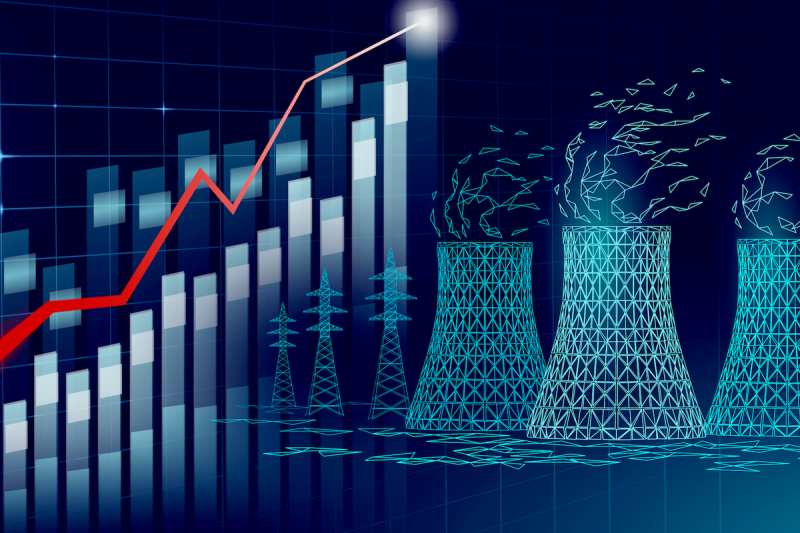The United States Aims to Triple Nuclear Power Capacity by 2050
Nuclear power has long been a topic of debate due to its potential benefits and risks. The United States, in a strategic move towards bolstering its energy capabilities, has laid out ambitious plans to significantly increase its nuclear power capacity by 2050. This decision comes at a time when the nation is facing increasing energy demands, concerns over climate change, and the need for more reliable sources of electricity.
According to experts, tripling the nuclear power capacity would not only address the growing energy needs of the country but also contribute to reducing greenhouse gas emissions. Nuclear power is considered a low-carbon energy source, making it a key player in the transition to a more sustainable energy future. By expanding its nuclear capacity, the United States aims to decrease its reliance on fossil fuels, which are major contributors to global warming.
Moreover, increasing nuclear power capacity could also enhance the country’s energy security. Nuclear power plants provide a stable and reliable source of electricity, helping to mitigate the risks associated with disruptions in the supply of traditional energy sources. This improved energy security is crucial for maintaining a strong and resilient infrastructure in the face of unforeseen challenges such as natural disasters or geopolitical conflicts.
While the plans to triple nuclear power capacity hold promise for the future of energy in the United States, there are also challenges that need to be addressed. Safety concerns, waste management, and the high costs associated with nuclear power plants are among the key issues that must be carefully managed. Additionally, public perception and acceptance of nuclear energy play a significant role in the successful implementation of these plans.
To achieve the goal of tripling nuclear power capacity by 2050, it will be essential for the United States to invest in innovation and advanced technologies in the nuclear sector. Advanced nuclear reactors, improved safety measures, and effective waste disposal methods are areas that will require substantial research and development efforts. Collaboration between the government, industry stakeholders, and the scientific community will be crucial in driving progress towards this ambitious target.
In conclusion, the United States’ plans to triple its nuclear power capacity by 2050 represent a bold step towards a more sustainable and secure energy future. By harnessing the benefits of nuclear power while addressing critical challenges, the country aims to strengthen its energy infrastructure and reduce its carbon footprint. Success in achieving this goal will not only benefit the nation but also contribute to global efforts in combating climate change and ensuring a reliable energy supply for future generations.
